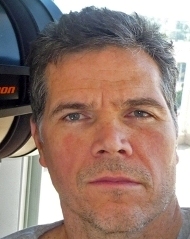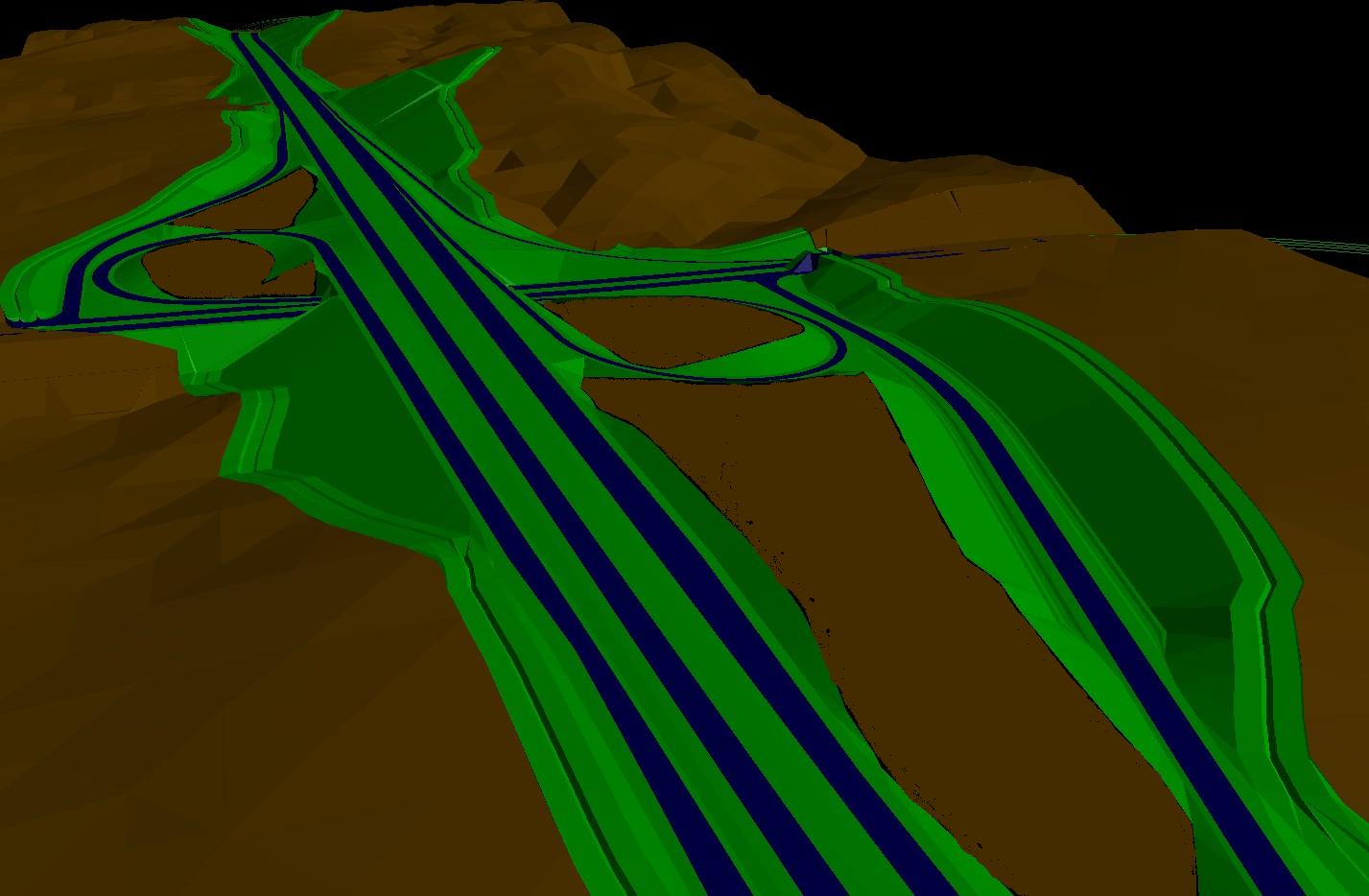Foothill Transportation Corridor South
Right of Way Studies - 18 Alignments
PBS&J Corporation
2000-2001
My previous Highway Design Experience consisted of a rural state road widening and an interstate interchange design in very flat Florida.
This contract was for PBS&J in Irvine, California, in 2000. Tom Schroeder and John Lowe led me modeling right of way studies for 18-miles of highway for the Foothill Transportation Corridor South.
The big technical challenge on this was modeling the exterior cut and fill perimeter ditches. They were 18-meters (yes, this was during California's Meter Years) wide. The assumption they had been making was "find the daylight line and then add 18-meters."
In flattish terrain, that's a reasonable assumption. It the Southern California foothills, however, the slope of the terrain was very nearly the main cut and fill slopes. The repercussion is that from the exterior point of a wide ditch section, a cut or fill slope might run roughly parallel to a "mountain" slope. Simply adding the section width to a tie-in point is grossly incorrect: varying, in this case by as much as 50 meters to narrow to 100 meters too wide. On a ROW study!
I remember spending a couple of days in Northern Michigan over Thanksgiving 2001 buiilding then-State-Of-The-Art "Decision Tables" to accurately model the solution. Bentley now has training on how to do this with Template End Conditions ("Minimum Footprint Brow Ditches"). I wrote that. No need for people to have to reverse-engineer that technique again.
One big lesson I took away from that work was the importance of self-documenting your data. Once you spend four hours looking through vaguely titled .alg files looking for a specific alignment, you realize the importance of taking a few seconds to give something a clear intuitive name.
To this day, this was one of my favorite jobs. The design work was some of the biggest and broadest (footprint-wise). It was a great introduction to "mountain highway" work (vs. Florida flatness). I still frequently pass the southern connection points (that still have not been connected). Working with Tom was very informative and John Lowe has as much heart as anyone I've known in the business. Thank you, both!

